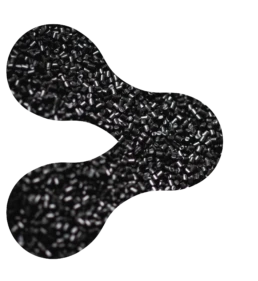
PVDF is widely used in the chemical industry due to its excellent resistance to corrosive substances and its strong thermal performance.
However, under operating conditions involving mechanical stress, abrasive environments or the risk of electrostatic charge buildup, unfilled PVDF may show limitations.
When carbon fibre is integrated into polymer matrices such as PVDF, it acts as a reinforcement that significantly enhances the material’s properties, allowing it to:




PERFORMANCE COMPARISON
MECHANICAL RESISTANCE
The addition of carbon fiber progressively increases the stiffness of the material, enhancing its resistance to deformation under increasing pressure.
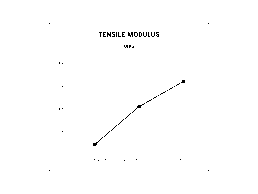
Comparison between unfilled PVDF, 10% carbon fibre reinforced PVDF and 20% carbon fibre reinforced PVDF.
ELECTRICAL CONDUCTIVITY
Carbon fibre reinforcement contributes to increased electrical conductivity, allowing the material to perform antistatic functions in applications where charge control is essential.
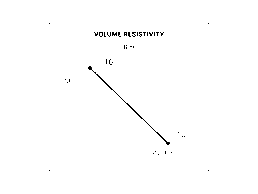
Comparison between unfilled PVDF and carbon fibre-reinforced PVDF.
INDUSTRIES AND APPLICATIONS
Thanks to its enhanced properties, carbon fibre-reinforced PVDF proves to be a reliable choice for applications that demand high performance in terms of strength, durability and safety, especially in complex and high-risk environments.
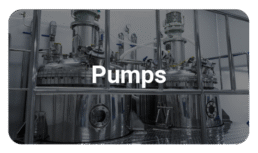

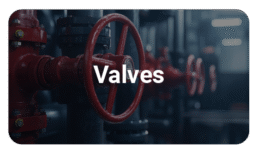
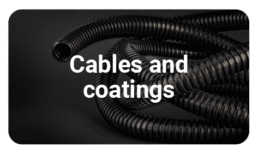


XENIA’S PVDF-BASED MATERIALS
Carbon fibre reinforced PVDF
XECARB® 45-C10
10% carbon fiber reinforced PVDF
XECARB® 45-C20
20% carbon fiber reinforced PVDF
Structurally modified carbon fibre reinforced PVDF
XECARB® 45-C10-S
10% carbon fiber reinforced PVDF
XECARB® 45-C20-S
20% carbon fiber reinforced PVDF
3DP MATERIALS
Thermoplastic reinforced compounds functionalised for pellet-fed 3D Printing